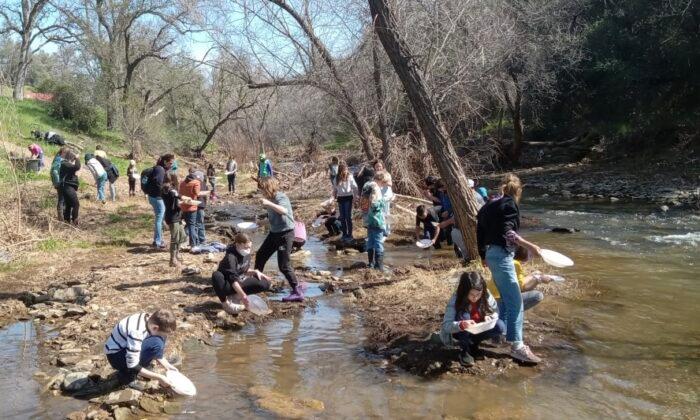Gold isn’t raining from the sky in California, but it might be flooding into the rivers by summer.
“I’m already finding more gold,” Prebalick told The Epoch Times. “I’ve been finding gold every tour.”
The Prebalicks, who own California Gold Panning, usually find about an ounce of gold a day when they take guests to pan for nuggets on their claim. The most that he and his father have found was 127 ounces in one day.
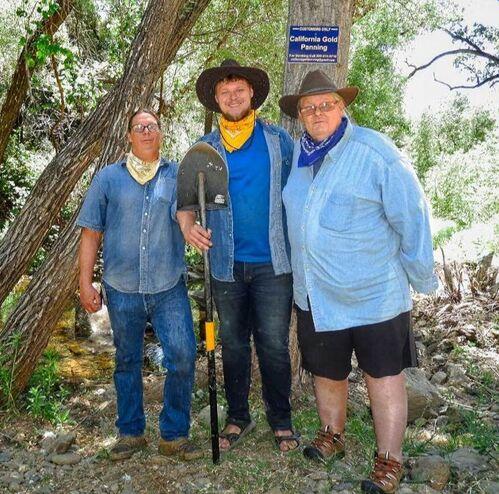
As this year’s snow melts from the Sierra Nevada and other mountains, the runoff will wash away silt and deposit more gold in rivers and streams, prompting some to predict a modern-day gold rush this summer.
Today, each ounce is worth about $2,000.
“I think this summer. I’m going to be swamped,” he said. “We’ll probably get 10 groups a day.”
Mark Keene, who owns the mining equipment company Keene Engineering in Chatsworth—about 30 miles northwest of the city of Los Angeles—with his brother, told The Epoch Times he also anticipates a big increase in gold mining activities when the snow starts to melt.
“In my lifetime, I don’t remember this much snowpack in the mountains,” Keene said, adding that he expects to see a superflood. Keene sells gold pans, sluice boxes, and other tools used by amateurs and professionals alike.
“When you have a catastrophic flood like that, all the riverbanks and the mountainsides wash down in the river and you see a lot of gold,” he said. “It could be one of the best years in decades for mining.”
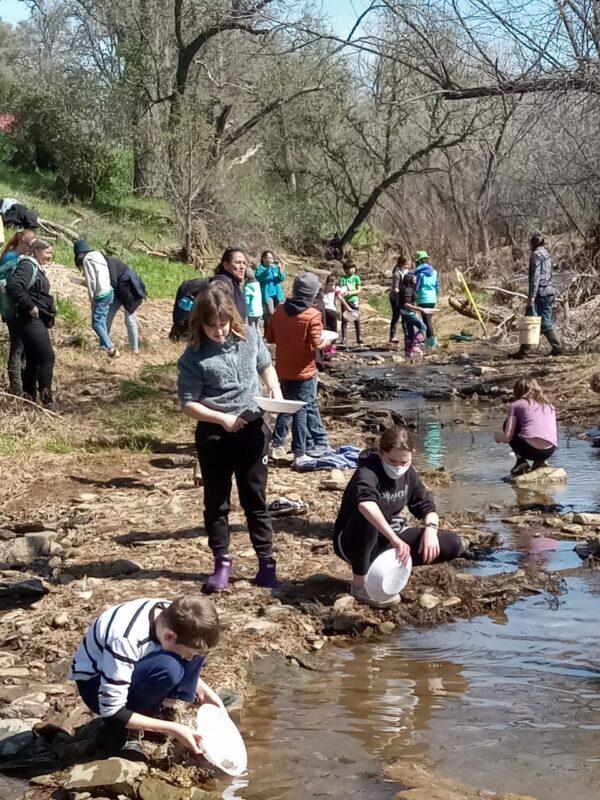
Keene and his family have a secret mining spot that they visit on the weekends, he said.
“It’s not always about the gold,” he said. “It’s about the journey and the adventure of it, too.”
First-timers need to know the rules before heading out to look for treasures, though, said Dickey Melton, manager of The New 49’ers Prospecting Association, a gold mining club based about 20 south of the Oregon border in Happy Camp, California.
“What we have now is a whole bunch of hand miners,” Melton said, as state law prohibits any type of mining other than panning, sluice boxes, or shovels.
Even with restrictions, many people come out to the club’s 63 claims on 83 miles on the Klamath River, which flows more than 250 miles through Oregon and northern California.
“We get people from all over the world who come here,” Melton said. “Right now, all of that snow is melting, and the rivers are running really high. We’re seeing some hand miners coming in with some pretty good gold.”
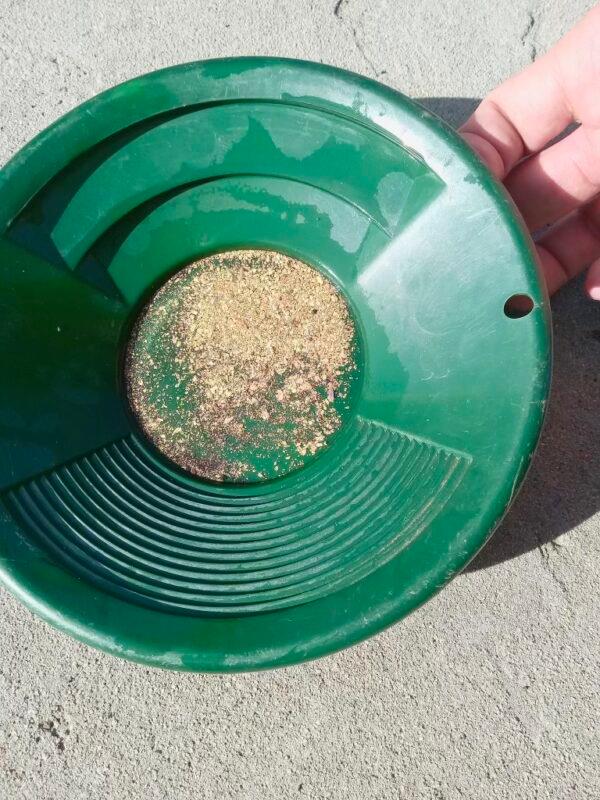
The most popular gold panning area in Southern California is near the east fork of the San Gabriel River in Los Angeles County, according to Ken Maltby, a longtime prospector and state director of the Gold Prospectors Association of America.
“It’s finally starting to warm up to where we can get out and go prospecting,” Maltby told The Epoch Times.
Maltby favors a dry washing technique, sifting dirt to look for gold. But others who prefer panning for gold in rivers and streams should see more gold washed into areas that have already been mined, he said.
“A lot of these places have been worked over pretty good, so hopefully, it will bring a lot more gold into the spring beds,” Maltby said.
The prospectors suggested people join clubs before heading out to look for gold. With state rules and restrictions, it’s easier to pan for gold on private claims owned by several clubs throughout the state.
“There’s a lot of clubs out there that don’t cost anything to join, like the Hemet Valley Prospectors,” Maltby said. “There are no dues, and we welcome families. And if they don’t know anything about it, we’ll actually teach them.”
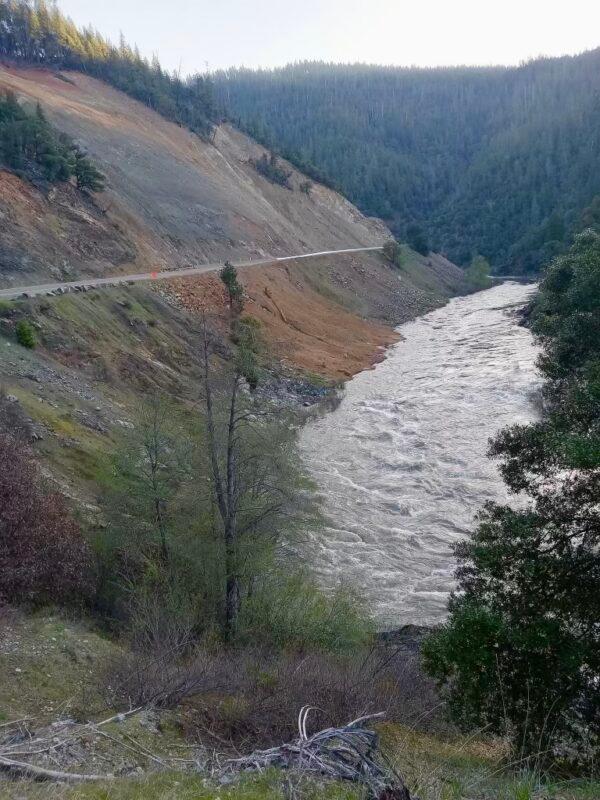
Prospectors are being encouraged to wait until the warmer weather comes before panning for gold at the South Yuba River and Malakoff Diggins State Historic Park, northeast of Sacramento, State Parks Peace Officer supervisor Sgt. Ryan Randar told The Epoch Times.
“We still have really high flows,” Randar said. “We’re not allowed to keep people out of the river but we’re encouraging them to stay out.”
The South Yuba River is a popular and legal state-owned area for gold panning, but people can only use a pan or their hands, he said. The park offers demonstrations every summer after Memorial Day weekend.
Park officials reported the snowpack at Tuolumne Meadows, located in the eastern section of Yosemite National Park, reached 15 feet deep on April 1. That broke a record from 1983.
